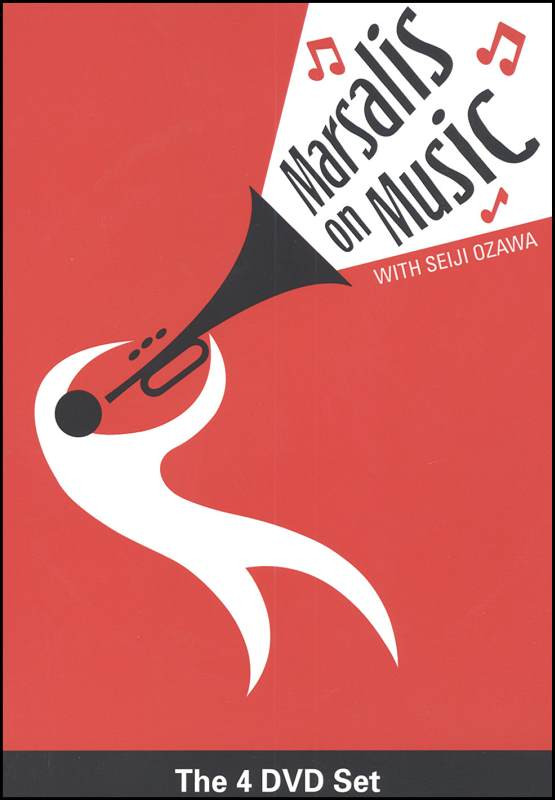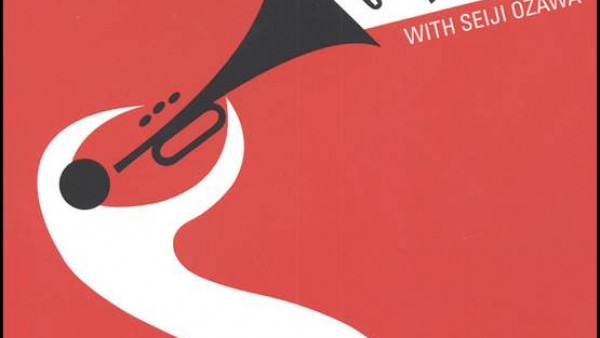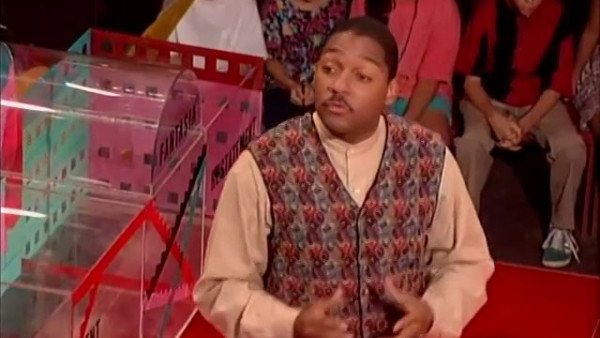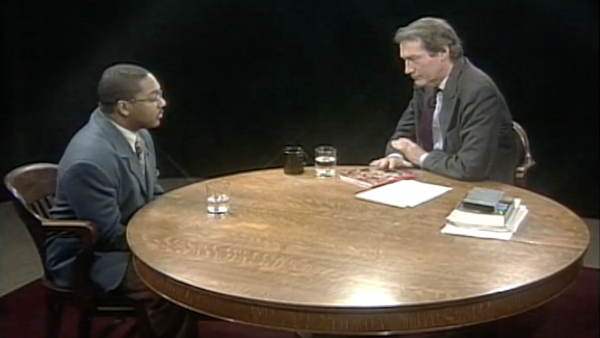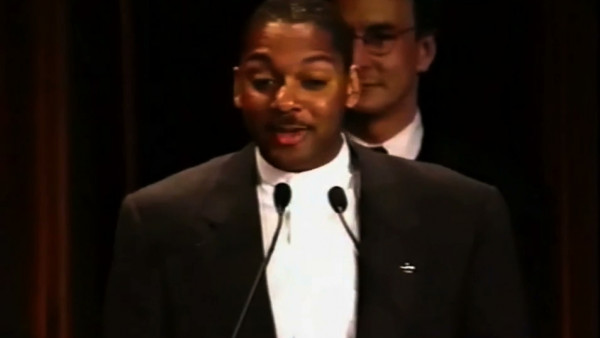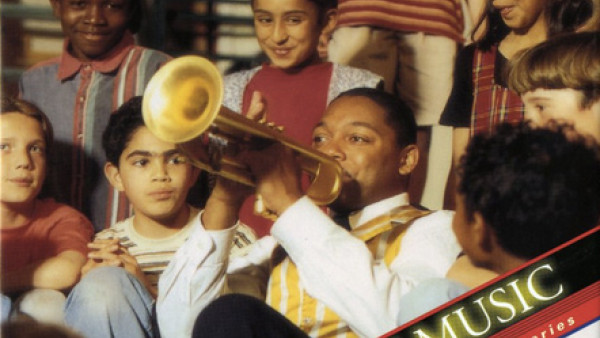Joys of a Primer On Tempo and Tone
Today’s tax-slashing politicians, all too eager to cut school and other budgets, tend to think of the arts as frills, if not downright tools of subversion. Students in public schools, especially in urban areas, are getting less and less grounding in the arts, and often none at all. What’s to be done about enriching young lives with the soaring joy and intense discipline of great art and artists? One ambitious and generally laudable effort begins a four-part weekly run tonight on PBS.
“Marsalis on Music” was created and written by Wynton Marsalis, the trumpet virtuoso and jazz composer who, though he seems to have been around forever, compiling one triumph after another, will be a mere 34 years old on Oct. 18. The series, taped in a large barn at Tanglewood, the Boston Symphony Orchestra’s summer home in Massachusetts, features Mr. Marsalis explaining to an audience of youngsters, ages 9 to 12, the fundamentals of classical music and jazz. His point is the ways in which different musical styles share fundamental elements.
Each hourlong program focuses on a different aspect of the subject. Tonight, using his own Jazz Orchestra and, with Seiji Ozawa conducting, the students of the Tanglewood Music Center Orchestra, Mr. Marsalis explores concepts like measures and ground rhythms, using Tchaikovsky’s original score and a Duke Ellington arrangement of “The Nutcracker.” Next Monday, with the same support system, he discusses form and “how music unfolds just like a good story does.” The main illustrations are a Prokofiev sonata and Gershwin’s “I Got Rhythm.”
These initial shows are sometimes snagged in the pitfalls of overproduction. The constant switching from symphony orchestra to jazz band threatens to become a dueling-banjos routine bent on seeing which side gets the most applause. And special-effects sequences projected on screens behind the performers occasionally go over the top with their scenes of dancing flowers and floating skyscrapers. There are also projections of paintings by artists ranging from Paul Klee to Romare Bearden. All of this supplementary material can get distracting.
But Mr. Marsalis holds the project together masterfully. He connects easily and gracefully with the young audience, never for a moment patronizing them. He involves them cleverly: “I want you all to raise your hands whenever you begin to hear that second theme.” He is as comfortable with Charles Ives variations as he is with one of Ellington’s compositions. And he scores his points effortlessly: “Things that may seem different on the outside may be remarkably similar inside.”
Less is more, perhaps. The most effective program in the series is the last. The barn is uncluttered. Before a small group of youngsters, Mr. Marsalis works with the cellist Yo-Yo Ma and several extraordinarily talented young musicians, including Mark Inouye and Randall Heywood, both trumpet players. The program ends with a haunting version of Ellington’s “Mood Indigo” played by Mr. Marsalis and Mr. Ma. All of this is wrapped neatly around a lecture on the need for serious practice and discipline. Another Marsalis message: “Be optimistic. How you feel about living in the world is who you are.”
Here, then, is a splendid and sorely needed project, and, happily, it is being given a strong synergistic push. The series has been released on home video by Sony Classical Film and Video. A companion book with CD is being published by W. W. Norton. The Music Educators National Conference has compiled a teacher’s guide for national distribution. And the television broadcasts are underwritten by Texaco. Kudos to all.
MARSALIS ON MUSIC PBS, beginning tonight at 8. (Channel 13 in New York.)
by John J. O’Connor
Source: The New York Times

